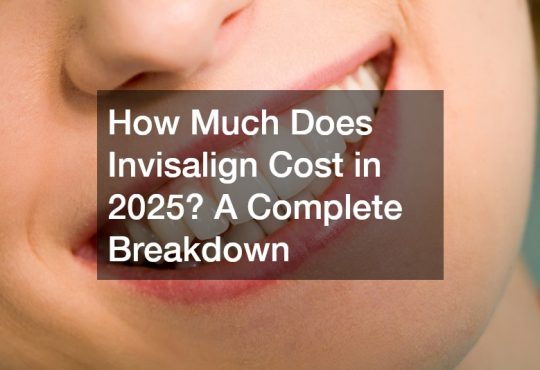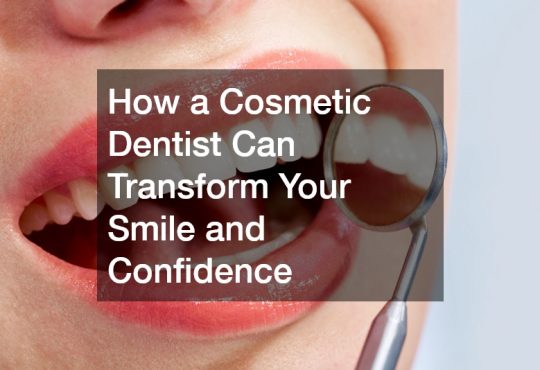
What to Know Before Starting Invisalign
Disclaimer: The material provided is designed to inform readers about oral health and preventive care. It should not be considered medical advice. Consult a registered dentist for guidance specific to your oral health needs.
Invisalign is a popular orthodontic treatment option for those looking to straighten their teeth without the noticeable appearance of traditional metal braces. However, before beginning your Invisalign journey, it’s essential to know what to expect to ensure you’re fully prepared and set up for success. Here’s what you should know before starting Invisalign.
The Importance of a Consultation
The first step in your Invisalign journey is a consultation with an orthodontist or dentist who offers the treatment. During this visit, the provider will evaluate whether Invisalign is the right solution for your specific dental concerns.
Invisalign can treat a wide range of alignment issues, but severe cases of misalignment may still require traditional braces. The consultation also gives you an opportunity to ask questions and understand the overall treatment process.
Commitment to Wearing Aligners
Invisalign aligners are removable, which is a significant advantage, but this also requires commitment on your part. For the treatment to be effective, you must wear the aligners for 20 to 22 hours a day, only removing them to eat, drink, and brush your teeth. Failing to wear them consistently could delay your progress and extend your treatment time. If you’re someone who struggles with routine or following strict guidelines, you’ll need to be mindful of this commitment.
Treatment Duration
The length of your Invisalign treatment will depend on your specific dental situation, but most people wear aligners for 12 to 18 months. Each set of aligners is typically worn for one to two weeks before moving on to the next set. Your orthodontist will monitor your progress and make adjustments as necessary throughout the process. While this may seem like a long time, Invisalign often works faster than traditional braces for mild to moderate alignment issues.
Potential Discomfort
Like any orthodontic treatment, Invisalign can cause some discomfort, especially in the first few days after switching to a new set of aligners. The pressure you feel is a sign that the aligners are working to move your teeth into the correct position. Most patients find the discomfort is manageable and only lasts a short time. Over-the-counter pain relief can help if the discomfort becomes bothersome.
Maintaining Good Oral Hygiene
Wearing Invisalign means you’ll need to be extra diligent about oral hygiene. Since the aligners are worn for most of the day, food particles and bacteria can easily get trapped between your teeth and the aligners, leading to cavities or gum issues. You’ll need to brush and floss after every meal before putting your aligners back in. You should also clean your aligners regularly to avoid stains and odors.
Cost Considerations
Invisalign treatment can be more expensive than traditional braces, depending on the complexity of your case and your location. While many dental insurance plans cover a portion of Invisalign, it’s important to check with your provider and ask about payment plans or financing options offered by your orthodontist.
Watch the video above to learn more and visit a Invisalign orthodontist near Philadelphia today!.




